Details
Large diagonal monitors are slowly but surely starting to catch on with more users, and the recent rise in popularity is no doubt mainly due to the boom of more OLED models. However, these aren’t the only option and you’ll find a number of IPS and VA models on the market, including the G4380UHSU from iiyama. This gaming monitor is based on a 42″ fast (144Hz) 4K panel. Price? 650 EUR.
Basic parameters
| Parameters | iiyama |
| G-Master G4380UHSU | |
| 27E1N5600HE | |
| Display | 42,5" VA, 16:9, flat, glossy |
| Resolution | 3840 × 2160 px |
| Refresh rate | 144 Hz |
| Colors | 8-bit + Hi-FRC |
| AMD FreeSync Premium Pro | yes (48–120 Hz) |
| Response time | 0.4 ms MPRT |
| Brightness | 550 nits |
| Contrast | 4000:1 |
| Color spaces | – |
| Outputs | 2× HDMI 2.0, 2× DisplayPort 1.4 |
| USB hub | yes |
| Audio input/output | no/yes |
| Speakers | yes, 2× 7 W |
| VESA | yes (200 × 100) |
| Approximate price | € 650 |
Packaging and equipment
We haven’t had a 42″ montior to test yet, although for me it is not a premiere of this size. I used to use the LG 43UD79-B monitor before I switched to a 55″ OLED, so it’s kind of a deja-vu. But what we can consider a premiere here is the presence of a monitor from iiyama. Right off the bat, the colour-rich box catches the eye, with illustrations showing the gaming theme on one side and the monitor with basic specs on the other.
The contents of the package are relatively plentiful, with the monitor getting a pair of power cables, a pair of video cables – HDMI and DisplayPort, USB cables for connecting to a PC, a remote with batteries, a headphone holder and a couple of pieces of paper documentation.
The large diagonal screen weighing 13 kg will need to be stably supported, which is taken care of by a metal stand in the shape of a squared C.
 The design of the rear is quite inconspicuous, all in matte black without any colour or RGB LED elements. Interestingly, the second part of the stand is already attached to the monitor from the factory, so you have less to worry about.
The design of the rear is quite inconspicuous, all in matte black without any colour or RGB LED elements. Interestingly, the second part of the stand is already attached to the monitor from the factory, so you have less to worry about.
The C-stand is simply screwed to the other part and the installation is complete. There’s also a no-nonsense screw solution, making installation one of the easiest we’ve seen to date. It just takes a bit of strength to erect the monitor afterwards due to its high weight and large dimensions.
The monitor also offers a VESA 200×100 installation option, in case you would like to mount the monitor on a wall, for example.
Another bracket on the back is designed for a silver “peg”, which will be used to hold your headphones, which we will show later.
On the right side we find five control buttons, which I praise and consider to be a definitely better solution than the buttons on the back of the monitor. One problem may be their control when using more than one display, then they would be better placed on the bottom chin or completely replaced by a joystick in the middle of the display, as with the aforementioned piece from LG.
Let’s move on to connectivity, which is mostly located on the underside. Here we find a pair of HDMI 2.0 ports, also DisplayPort 1.4, complemented by an audio jack and on the other side a power connector for the integrated power supply, thanks to which you only need to connect a cable without the usual “brick” as other monitors have. On the left side, then, is a quartet of classic USB Type-A connectors. One of them also supports fast charging. However, you’ll have to connect them to your computer using USB Type-B and unfortunately you’ll be looking for USB-C here in vain, which is a great pity.
When you turn on the monitor, you see a display with an evenly thick bezel on all four sides, and while it’s not overtly thick, it’s not among the thinnest either. The bottom chin bears the manufacturer’s logo and there’s also an LED status indicator underneath, with the model designation again on the top left.
Although I’ve discussed the possible complication of controlling the monitor in a multi-monitor setup, this is purely a hypothetical question, since in practice you’ll be using the included remote anyway. The latter is all plastic and with rubber buttons. A minor problem is that the vast majority of the buttons do nothing, and thus realistically the remote could be significantly smaller if it only offered functional buttons.
Once again, we can take a look at the control buttons on the right side and the USB hub on the left when the monitor is erected.
We also mentioned the bracket on the back of the monitor, which in practice looks like this. I like such “simply clever” solutions. It’s also definitely a better implementation than the pull-out plastic mounts we’ve seen on other monitors.
Backlight bleed of the tested piece shows quite large deviations in the display of black color, which is especially visible on the sides of the display. Displays with VA panels usually do not excel in uniformity, and this one is no exception.
Of course, as always, every panel is different and your piece can be better or worse. We will also measure uniformity with a colorimetric probe in the next chapter.





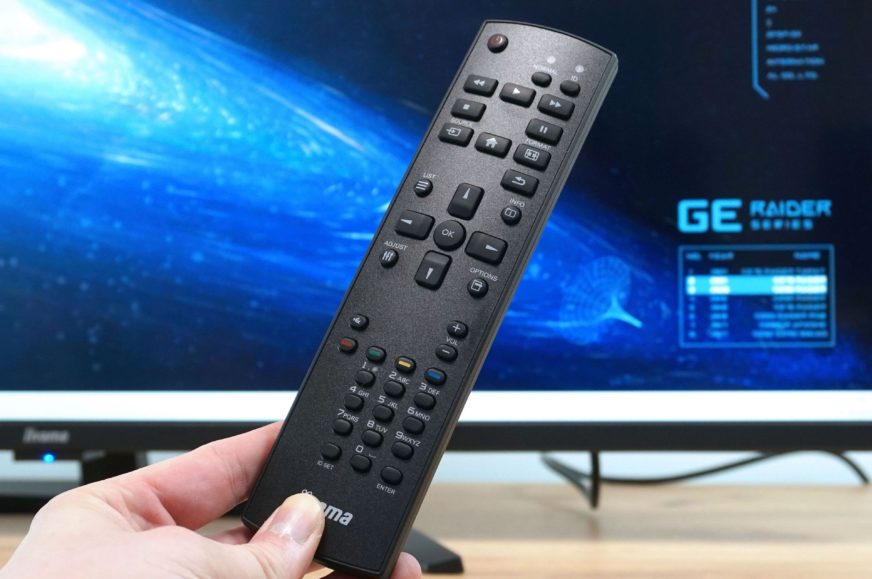
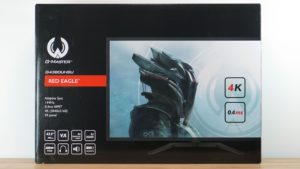
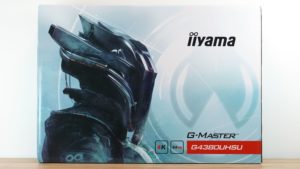
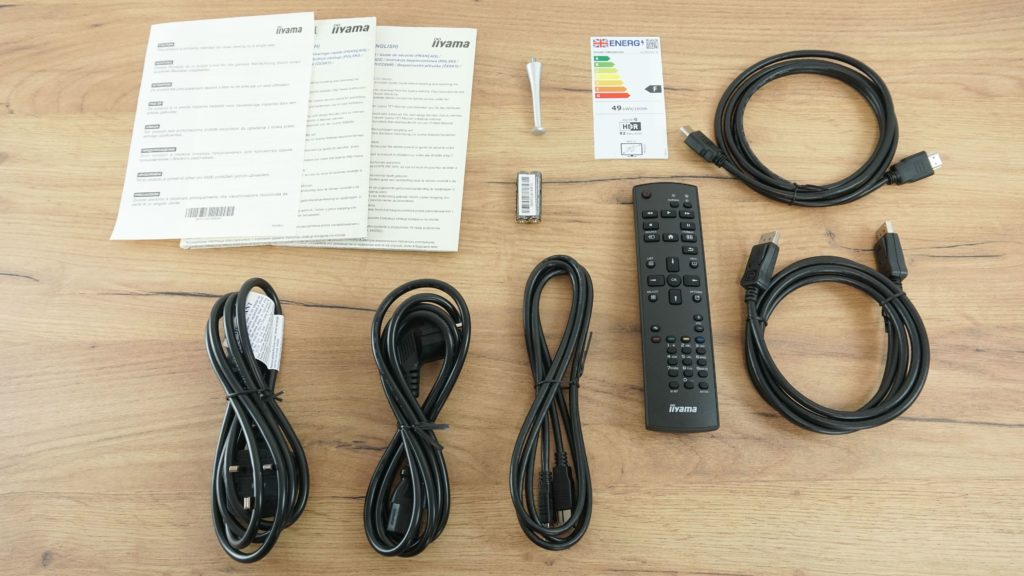
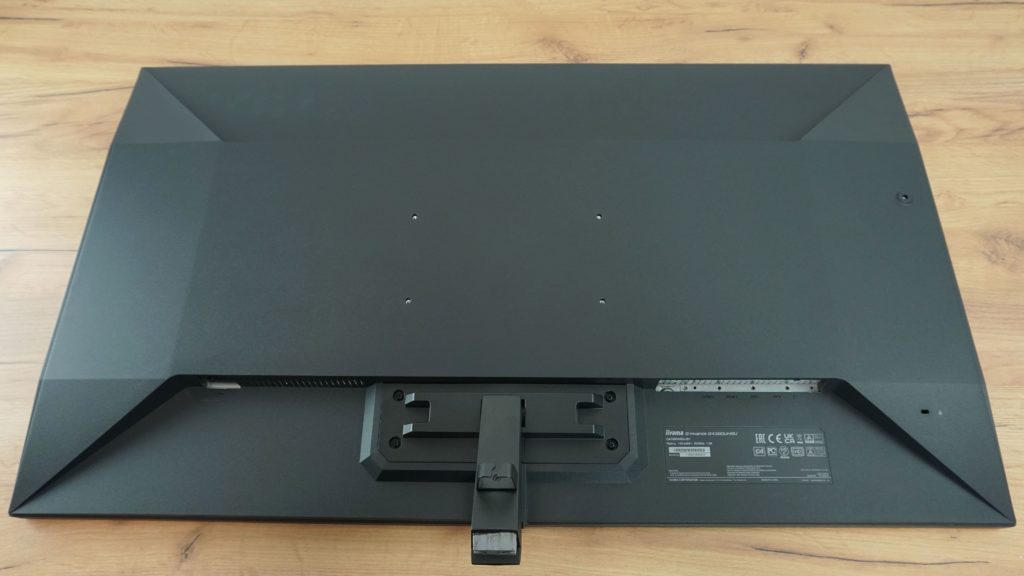
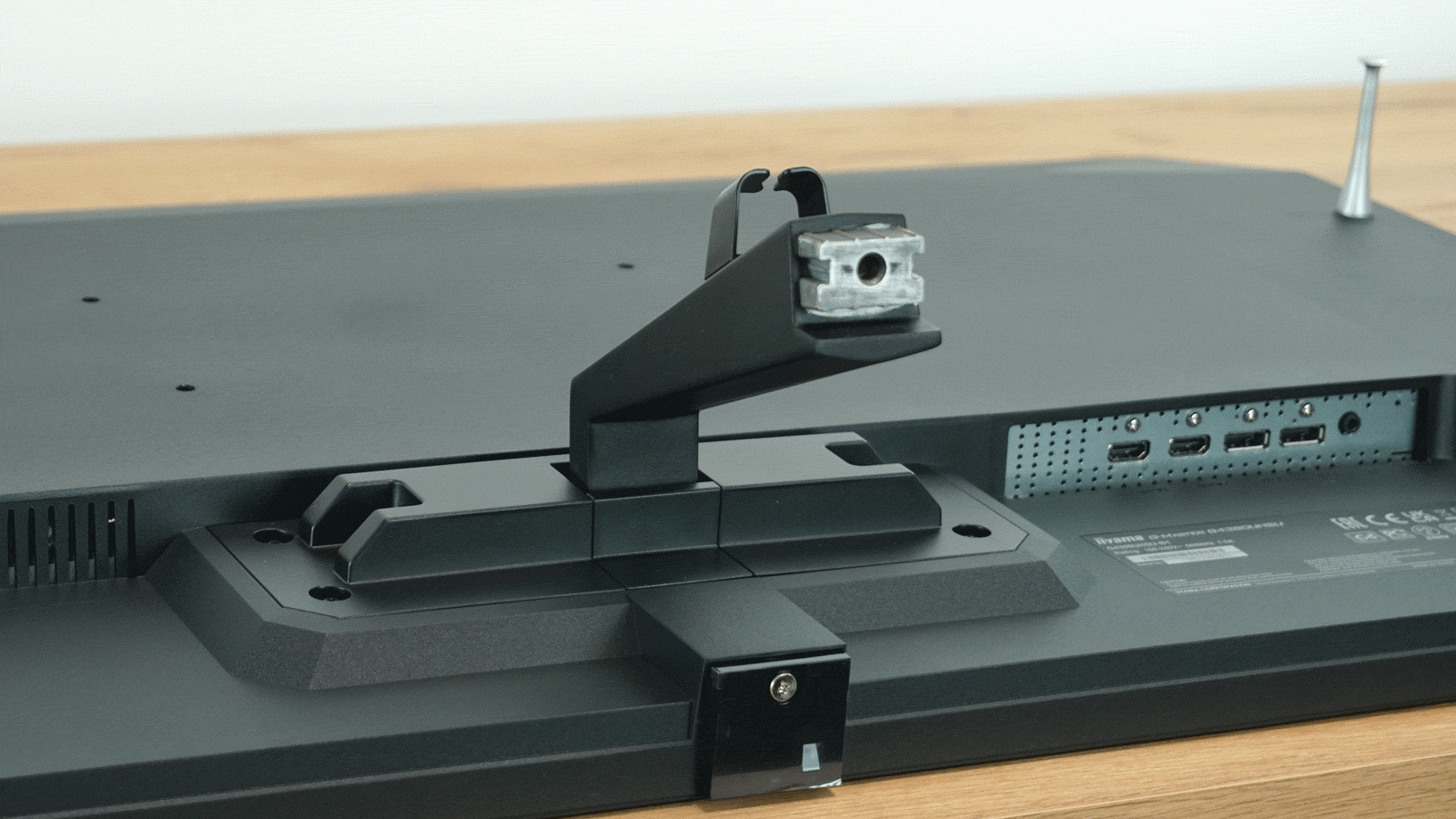
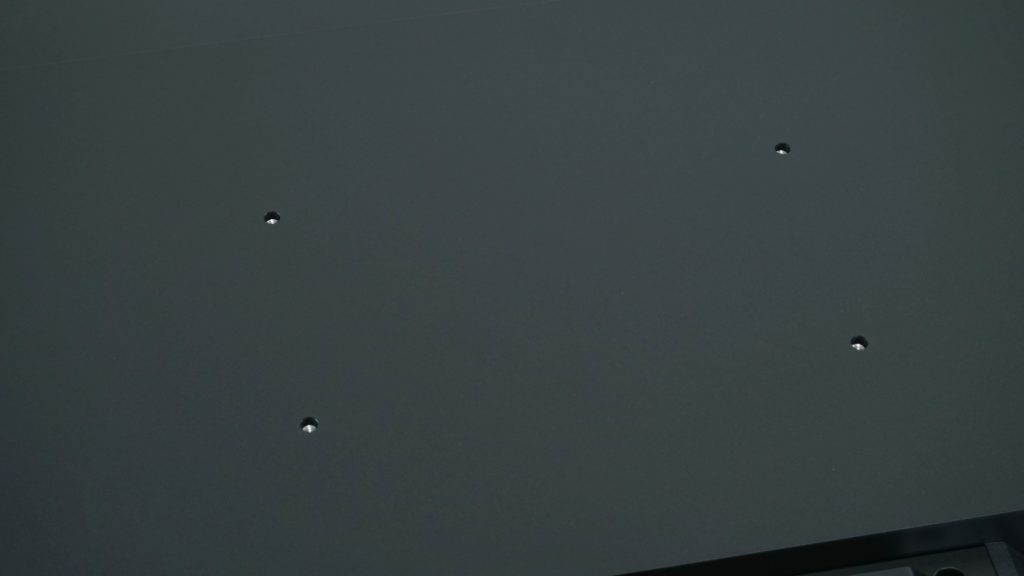

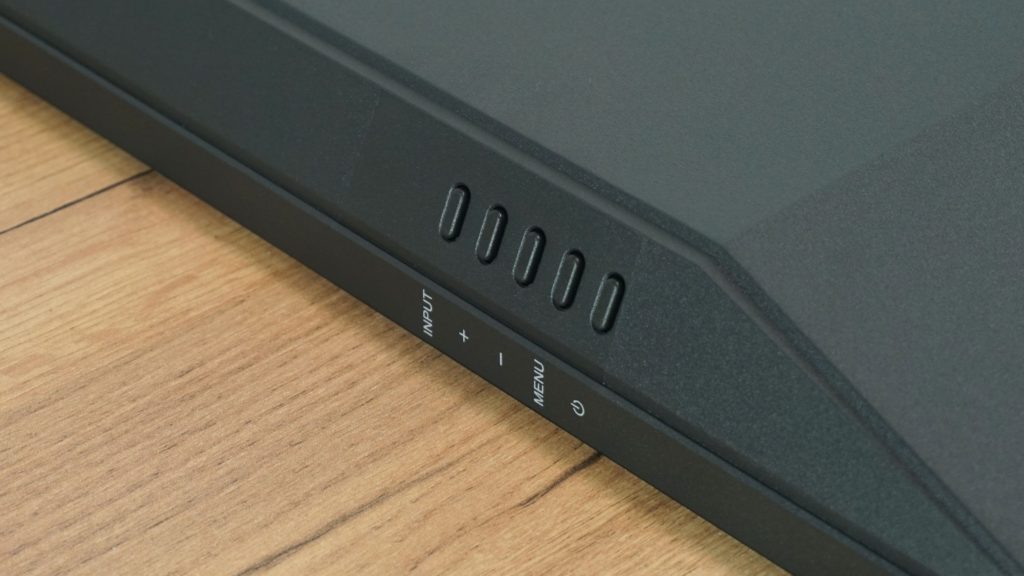
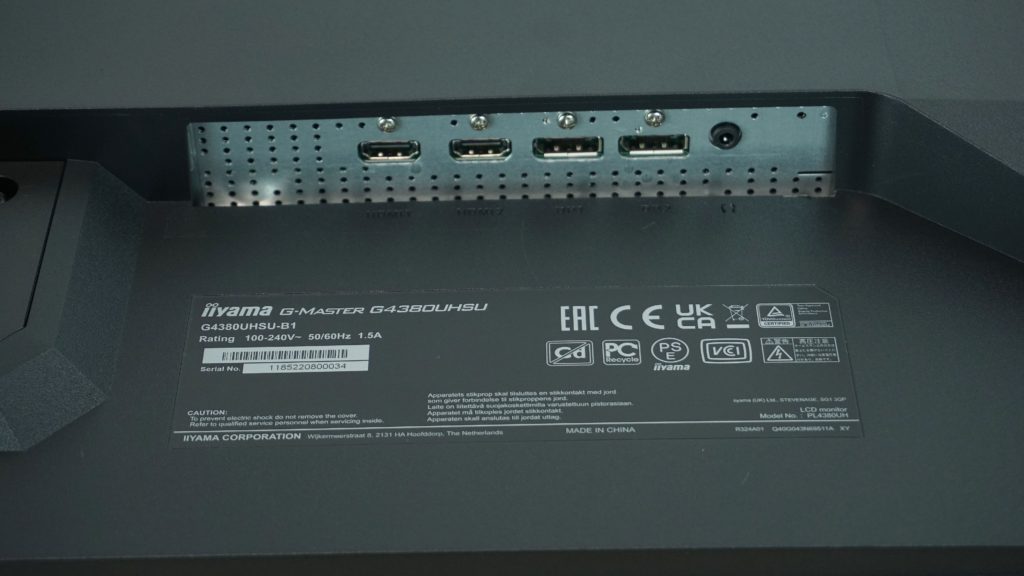
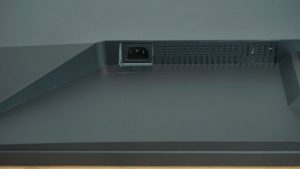
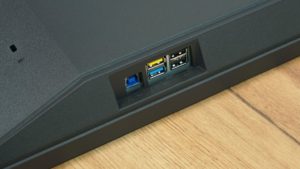
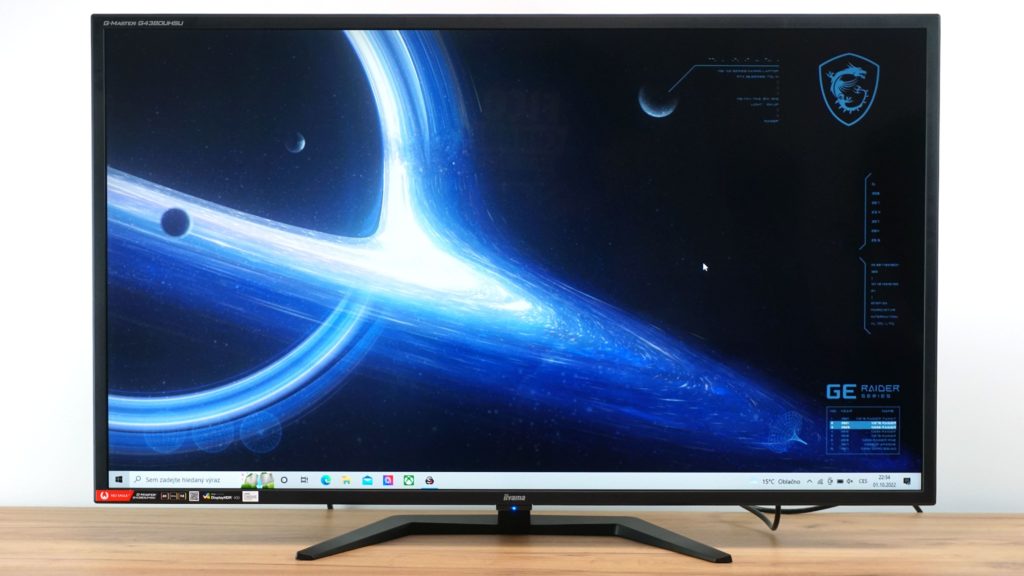
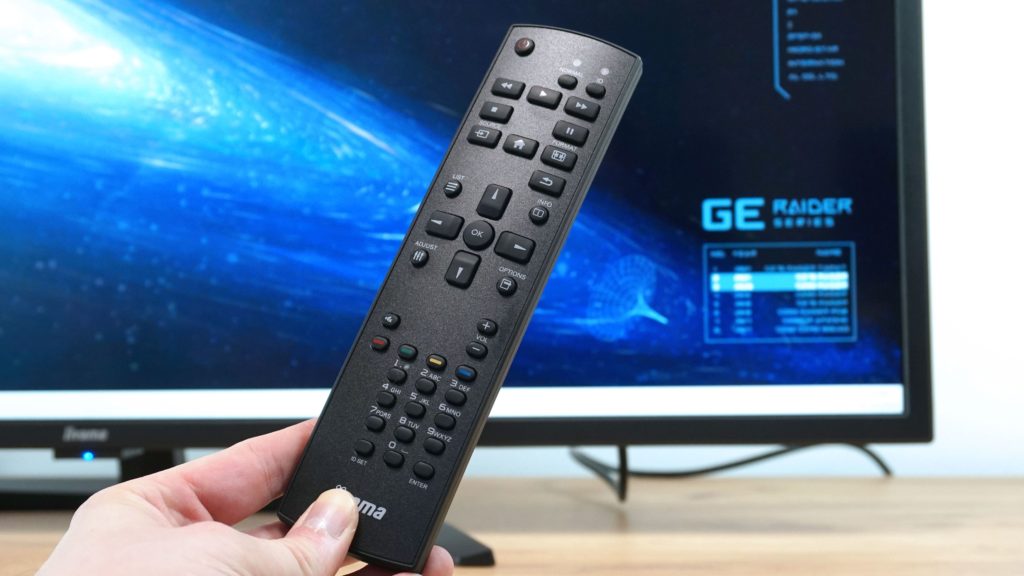
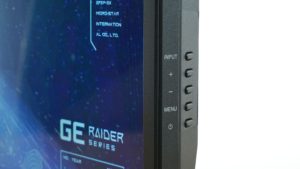
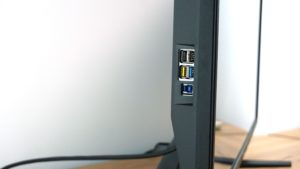

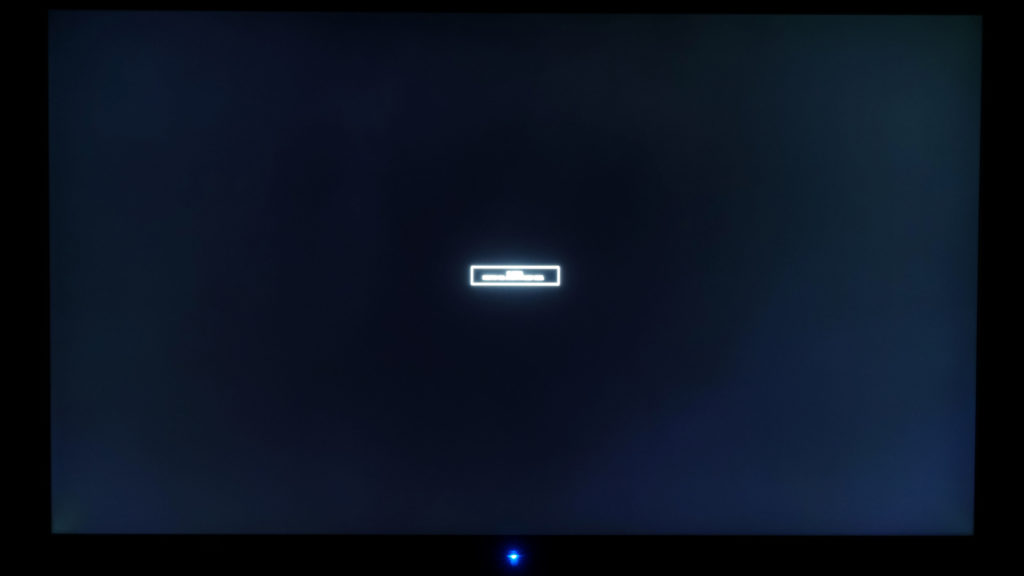



Thanks for showing these picture.
On picture …-32.gif is shown bottom panel with blue light diode little panel/stump, which is screwed from bottom. Its possible to remove this “stump” safely? Thx.
Hi, you are right, there seems to be a screw which presumably might be removed. Unfortunately I can’t answer your question as I no longer have the monitor in my possession and haven’t tried to unscrew it before it was returned a month ago.